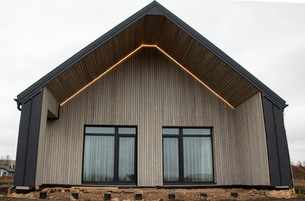
In the world of architecture and design, few techniques bridge the gap between tradition and innovation as seamlessly as Shou Sugi Ban. Originating in Japan, this ancient method of wood preservation has seen a modern resurgence, particularly when paired with Accoya, a sustainably modified wood known for its durability and performance. Together, Shou Sugi Ban and Accoya create a fusion of timeless artistry and cutting-edge technology, offering architects, designers, and homeowners a material that is both functional and breathtakingly beautiful.
What is Shou Sugi Ban?
Shou Sugi Ban, also known as Yakisugi, is a traditional Japanese technique of charring the surface of wood to enhance its durability and aesthetic appeal. This process, which dates back centuries, involves carefully burning the wood to achieve a carbonized layer on its surface. This charred layer serves as a natural barrier against rot, insects, and fire, making it an effective preservation method long before the advent of modern chemical treatments.
The visual appeal of Shou Sugi Ban is undeniable. The charring process highlights the wood’s grain and texture, creating a dramatic, darkened surface that exudes elegance and sophistication. While traditionally performed on cedar wood, this technique has been adapted to a variety of wood species to suit modern design needs.
Enter Accoya: A Modern Innovation
Accoya is a high-performance, sustainably sourced wood that has been treated through a process called acetylation. This modification changes the cellular structure of the wood, making it highly resistant to moisture, decay, and dimensional instability. Accoya’s durability and eco-friendly credentials make it an ideal choice for a wide range of applications, from cladding and decking to windows and doors.
By combining Shou Sugi Ban with Accoya, designers can achieve the best of both worlds: the traditional aesthetic and protective qualities of charred wood, coupled with the unparalleled performance of a modern, modified timber. This pairing enhances both the lifespan and visual appeal of the material, making it a standout option for contemporary projects.
The Benefits of Shou Sugi Ban Accoya
1. Unmatched Durability
The acetylation process used to create charred accoya already ensures superior resistance to rot, decay, and warping. When enhanced with the Shou Sugi Ban technique, the wood gains an additional layer of protection. The charred surface acts as a shield against UV rays, moisture, and pests, further extending the lifespan of the material.
2. Sustainability
Both Shou Sugi Ban and Accoya prioritize sustainability. Accoya is sourced from FSC-certified forests and undergoes a non-toxic modification process, while the Shou Sugi Ban technique eliminates the need for chemical preservatives and paints. This makes the combination an environmentally responsible choice for eco-conscious projects.
3. Aesthetic Versatility
The striking appearance of Shou Sugi Ban Accoya lends itself to a wide range of design styles. Its rich, dark tones and textured surface make it a stunning option for modern, minimalist spaces, while its connection to traditional craftsmanship adds depth to rustic and heritage-inspired designs. Customization options, such as varying degrees of charring or staining, allow for tailored finishes to suit any project.
4. Low Maintenance
Shou Sugi Ban Accoya is incredibly low-maintenance compared to untreated or painted wood. The charred surface reduces the need for frequent refinishing, and Accoya’s inherent stability minimizes the risk of warping or cracking over time. This makes it an ideal choice for exterior applications like cladding and decking, where exposure to the elements is a concern.
Applications of Shou Sugi Ban Accoya
The versatility of Shou Sugi Ban Accoya opens up a world of design possibilities. Some popular applications include:
Cladding: Its durability and visual impact make it a standout choice for building facades, creating a bold and modern exterior.
Decking: Resistant to moisture and rot, Shou Sugi Ban Accoya is perfect for outdoor spaces that require long-lasting performance.
Interior Paneling: Bring a touch of sophistication indoors with charred wood paneling, adding texture and warmth to walls and ceilings.
Furniture and Joinery: Custom furniture pieces and joinery elements crafted from Shou Sugi Ban Accoya offer a unique blend of artistry and functionality.
Why Architects and Designers Love It
Shou Sugi Ban Accoya is a favorite among architects and designers for its unique ability to merge tradition and innovation. Its eco-friendly nature aligns with sustainable building practices, while its aesthetic versatility allows for creative expression across a wide range of styles. Furthermore, the material’s longevity and low maintenance make it a practical choice for clients seeking both beauty and functionality.
Caring for Shou Sugi Ban Accoya
While Shou Sugi Ban Accoya requires minimal upkeep, a few simple steps can help maintain its appearance over time:
Cleaning: Regularly clean the surface with a soft brush or cloth to remove dirt and debris.
Reapplication of Finishes: Depending on the level of exposure and desired appearance, occasional reapplication of protective oils or finishes may be necessary.
Inspection: Periodically check for signs of wear or damage, especially in high-traffic areas.
Conclusion
Shou Sugi Ban Accoya represents the perfect marriage of traditional craftsmanship and modern innovation. By combining the time-honored technique of wood charring with the advanced properties of Accoya, this material offers an unparalleled blend of beauty, durability, and sustainability. Whether you’re designing a sleek urban facade or a serene outdoor retreat, Shou Sugi Ban Accoya provides a timeless and versatile solution that stands the test of time.

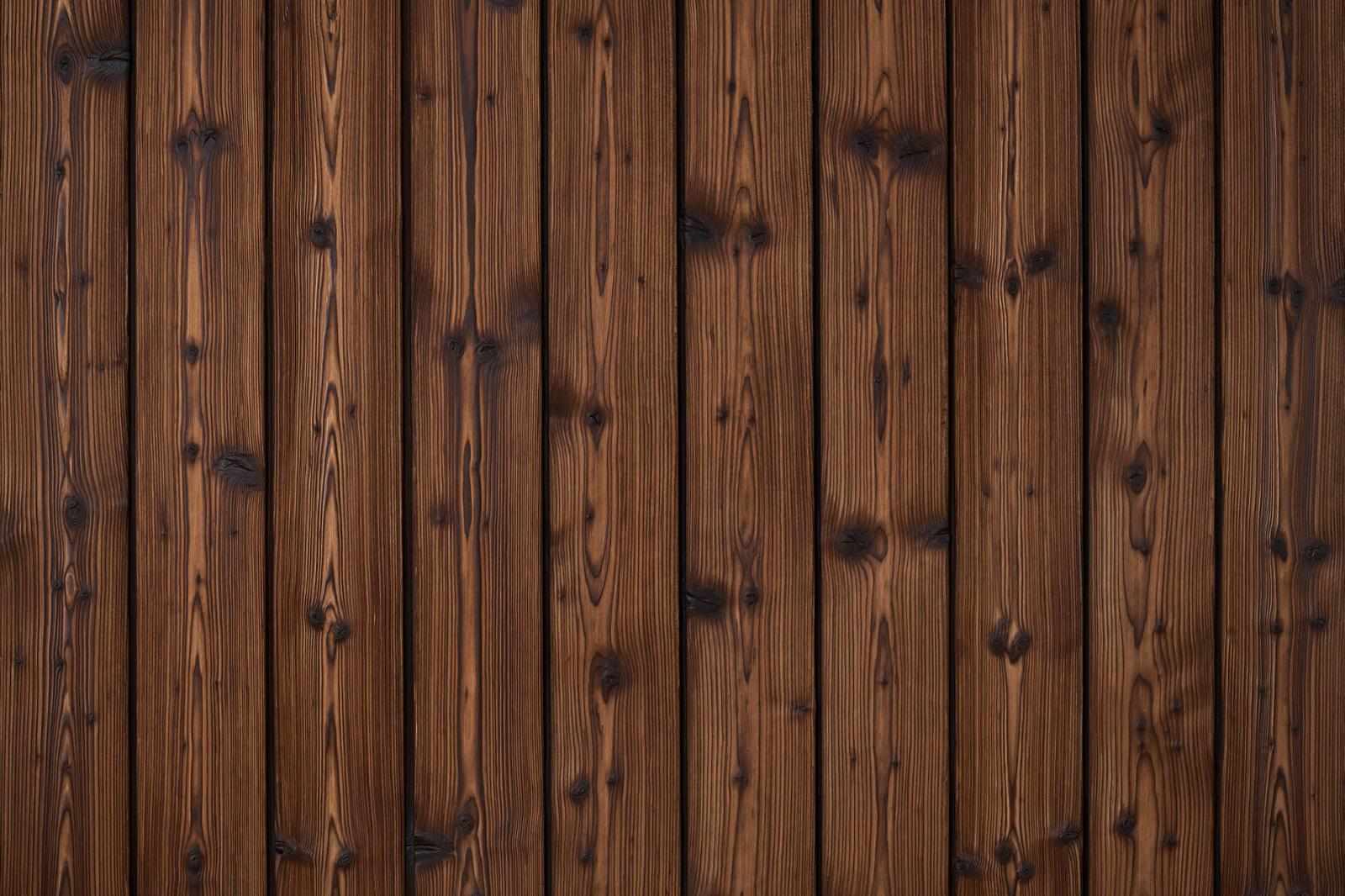
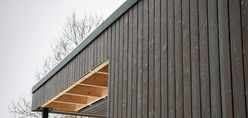
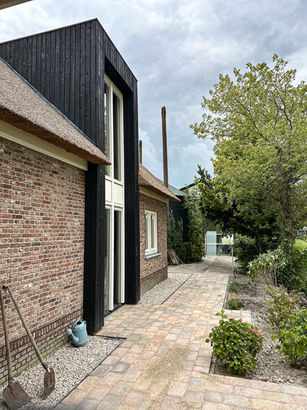
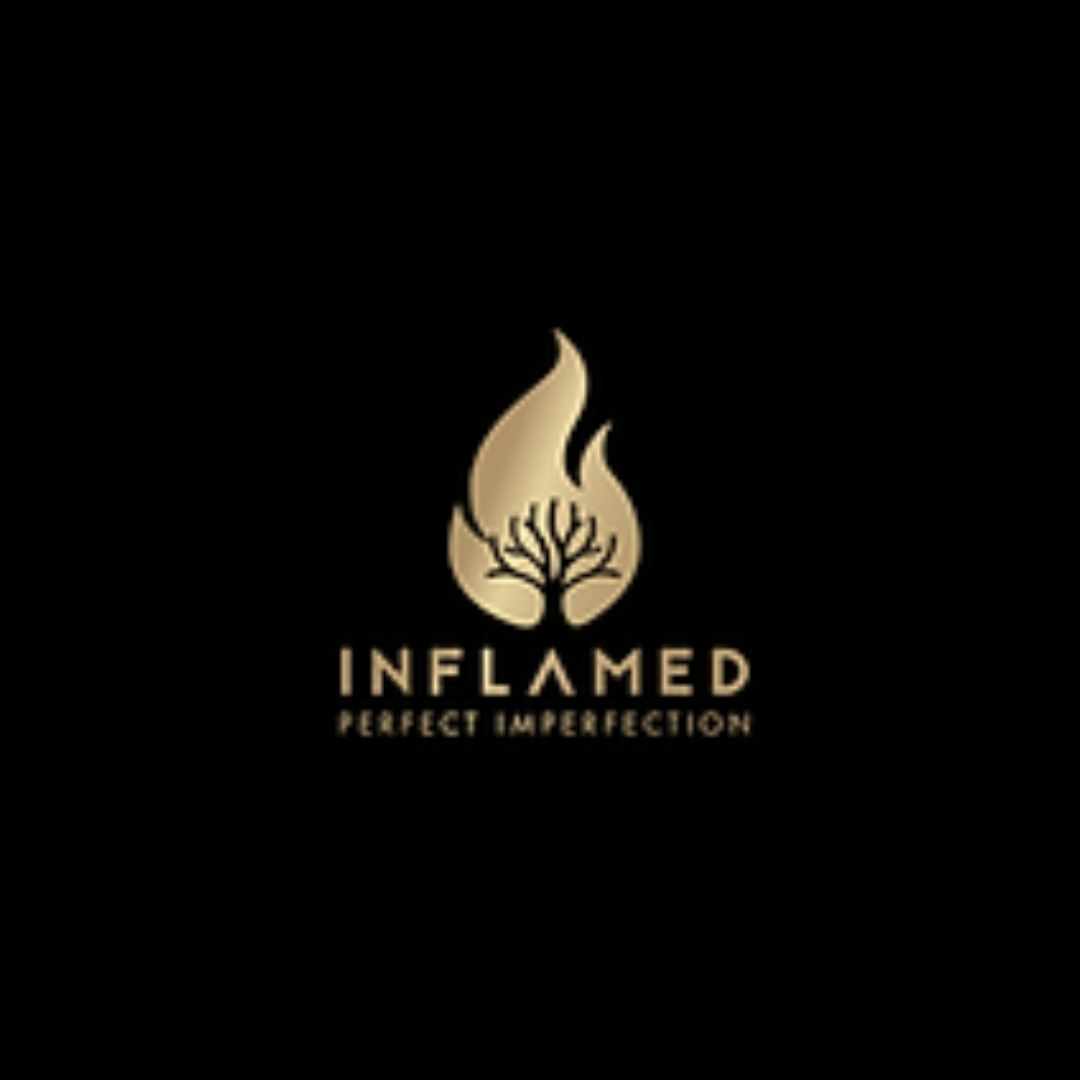

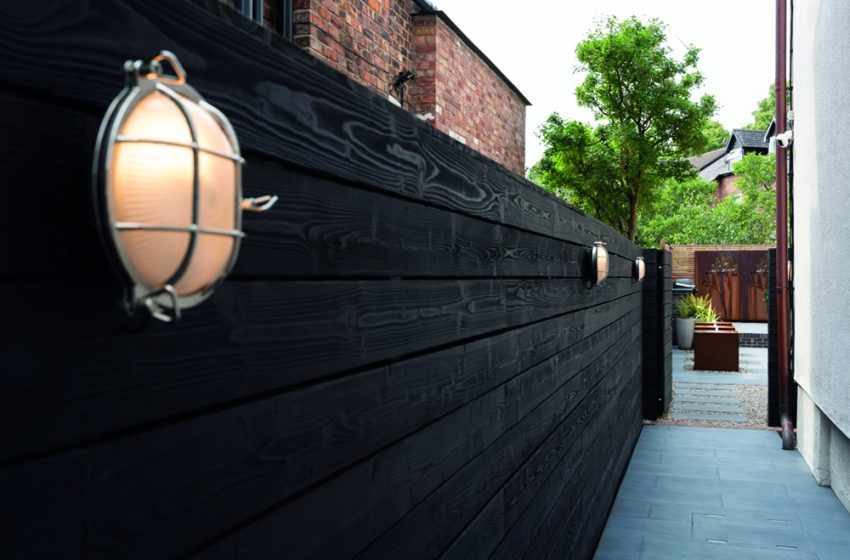
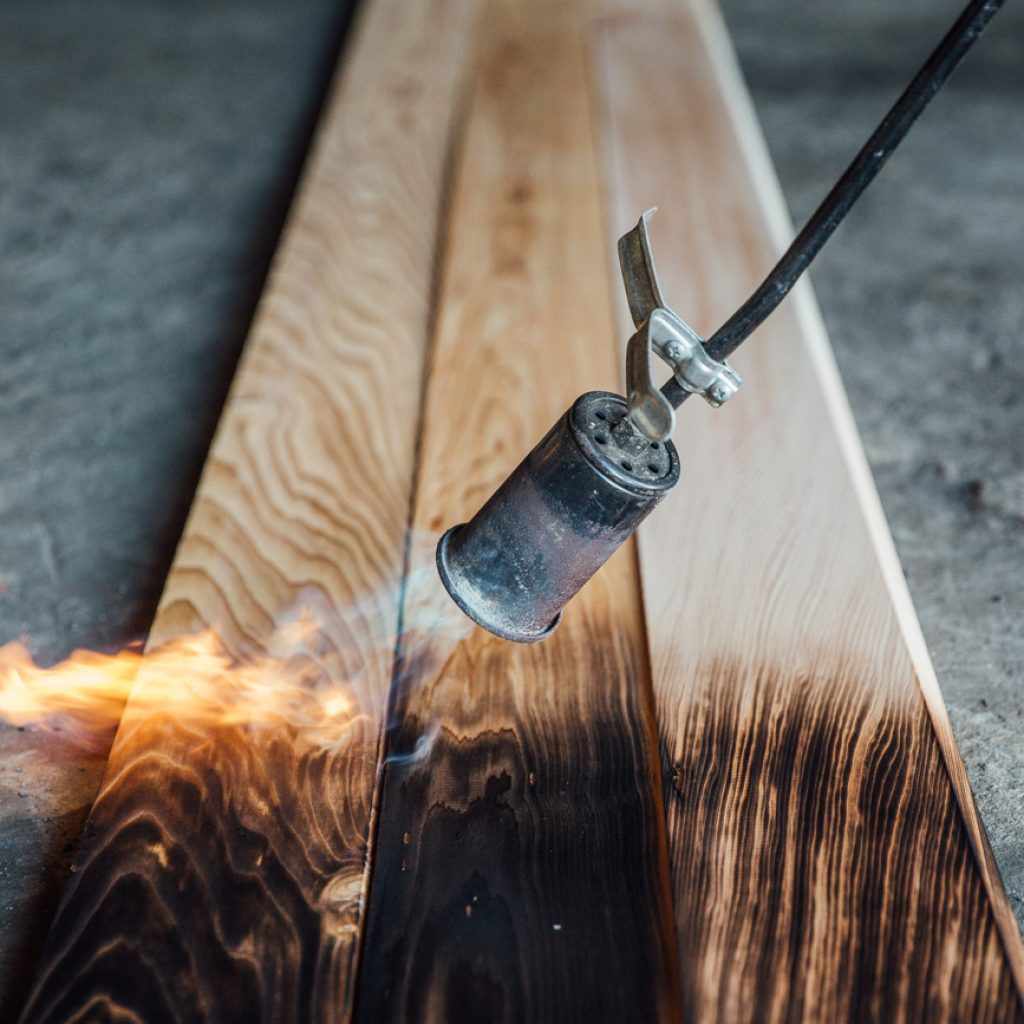
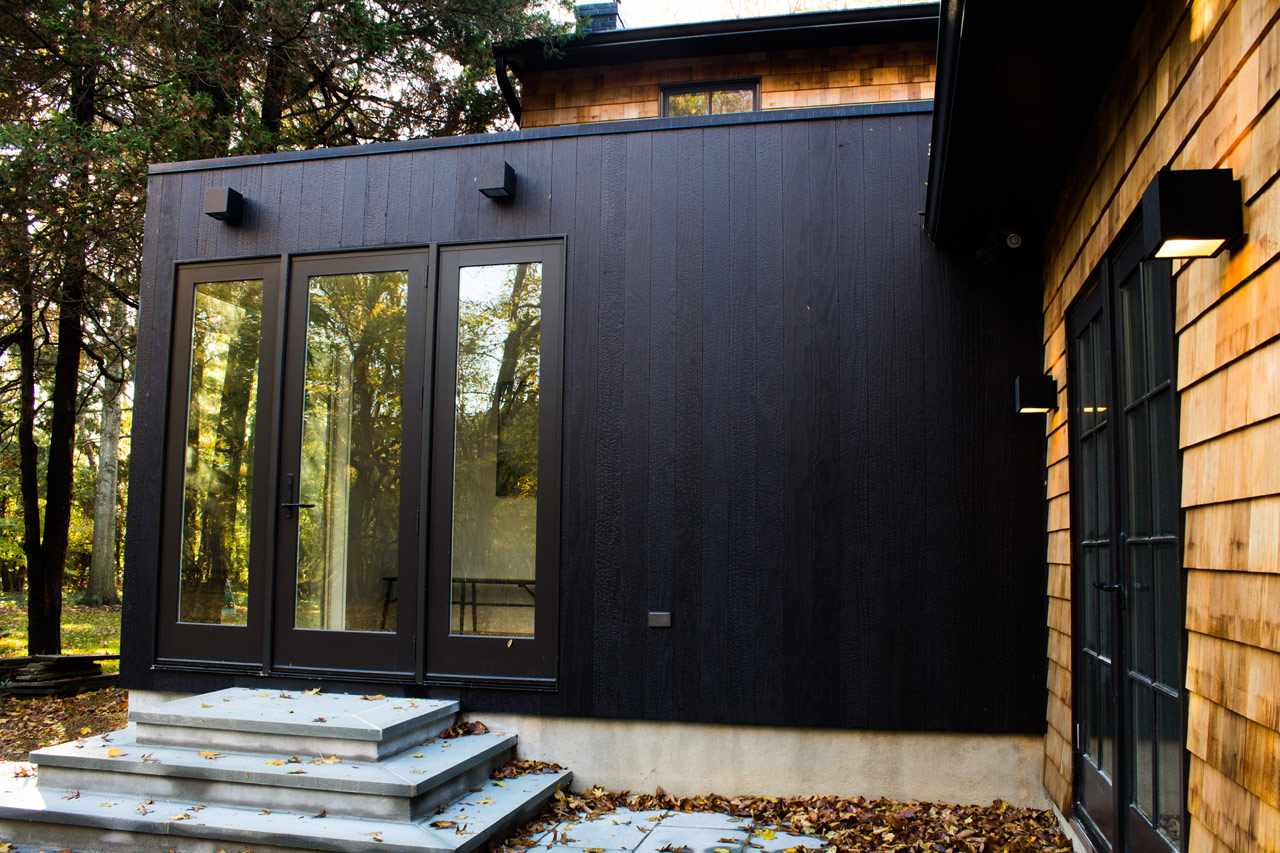
.jpg)
Write a comment ...